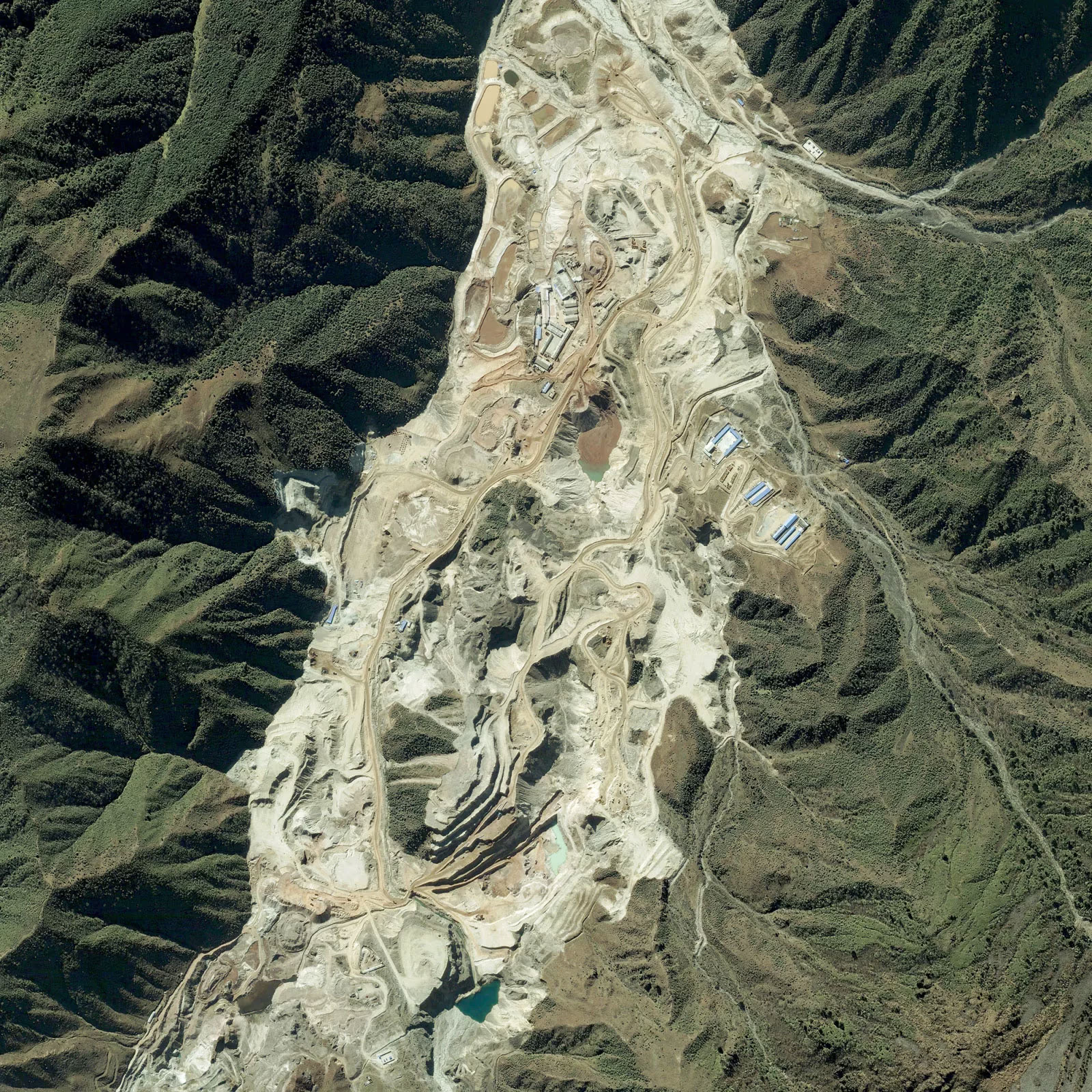An investigation by the Financial Times together with the U.S.-based analytical group C4ADS found that in recent years China has built its own system for evading sanctions, relying on a “shadow” tanker fleet. This network emerged no later than 2019 through the efforts of Iranian lawyers and accountants, and today carries oil from countries under Western restrictions—Iran, Venezuela, and, since the autumn of 2022, Russia.
According to the investigators, the fleet consists of more than 30 vessels. Some have sailed only once, while others are in regular use. The total value of these tankers exceeds $1 billion, and the volume of oil they have transported is estimated at $9.6 billion. Nearly half of the shipments came from Iran, about a quarter from Russia, and around 20 percent from Venezuela. The final destination was almost always China.
Who ultimately controls this business remains unclear. The formal owners are hidden behind a web of shell companies in China, offshore entities in Panama and the British Virgin Islands, as well as intermediaries among Swiss lawyers and financiers. When journalists attempted to contact the listed directors, they found fake addresses and nominal figures.
Some of the ships and front companies have already been hit with secondary U.S. sanctions. Such measures remain Washington’s main tool against Moscow: American banks and firms are barred from doing business with anyone involved in transporting Russian oil. Beijing, however, has consistently dismissed these restrictions as “unilateral and illegal”—a position regularly reiterated by China’s foreign ministry.
The central conclusion of the investigation is that Iran exports not only oil but also expertise in sanctions evasion. Russia was quick to adopt this playbook and has built its own “shadow fleet.” According to industry analysts and the International Energy Agency (IEA), by mid-2024 Russia was operating more than a thousand vessels, with about 45 percent of its oil exports carried by such shipments.
Made in China

How China Conquered the Rare Earth Metals Market and Took Control of Global Supply
What It Means for the U.S. and Europe Amid Rising Geopolitical Competition

A Trade War With China That Is Nearly Impossible to Win
The U.S. Is Confronting the Consequences of Its Own Strategy
These vessels operate without international insurance linked to the G7 price cap and are often well past their prime. According to Lloyd’s List and Tradewinds, the number of accidents involving tankers in the shadow fleet has surged in recent years: the absence of proper inspections and insurance heightens the risk of environmental disasters.
The emergence of a Chinese fleet thus cements a broader trend: the global energy system is developing a parallel transport network beyond the reach of Western institutions. For China, this means access to discounted crude; for Russia and Iran, a lifeline for exports; and for the United States and the European Union, a weakening of sanctions’ effectiveness and a rising threat to the security of maritime trade.
